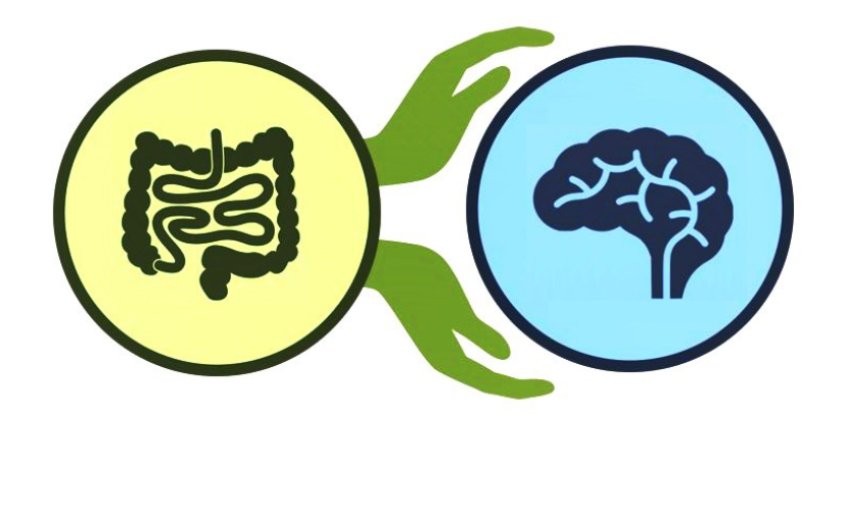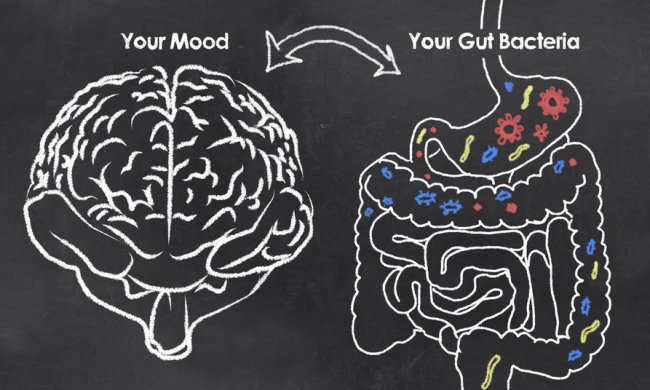The evolution of human beings took millions of years, but the human body has changed dramatically in the last few decades. This change was lifestyle-related, which led to several infections, and gut and heart related diseases. The traditional pathological understanding of the anatomy was easy, but the human body is actually much more complex. Doctors and experts are now starting to realize that our body is a highly interconnected ecological system, and not a compartmental machine. There are newly discovered networks between different body parts, which were believed to not exist.
We have used and heard the idiom ‘gut feeling’ many times, but very few can describe what the gut actually is. Biologically, the gut comprises of portions of the alimentary canal, particularly the stomach and the small and large intestines. When you eat, the mouth chews the food, the stomach breaks it down mechanically, the small intestine absorbs most of the nutrients and the large intestine absorbs the remaining nutrients and water, and helps excrete the fecal matter through the rectum. This is the simple explanation of how food travels through our gut. In reality, this process is significantly more complex. Our gut consists of trillions of microbes which are referred to as microbiota. The combined genetic material of those microbes is called microbiome. Microbiota have not only been found to be influenced by the food we eat, but they also influence our brain which, in turn, affects the way we eat and react to situations. This fact challenges the traditional medical belief in many ways. In this article, we will try to uncover the conversations between our gut and brain, and how they influence us in our day-to-day lives.
Even though we are advancing in several technological fronts, the ways in which we diagnose and treat infections and diseases are still old-fashioned. One of the reasons is, well, that those treatment techniques work. About 75 million American adults, or 1 in 3, have high blood pressure, but the best way to control is by blocking the adrenergic beta receptors. Almost 60 million Americans have heartburn symptoms at least once a month, and around 15 million people experience this every day. These symptoms are treated with proton pump inhibitors. However, these are ‘band-aid jobs’ that mask the symptoms rather than treat the condition. Until now, there was never a need for a deeper understanding of what causes these conditions. Even though the cost of healthcare in the US is one of the highest in the world, we rank 37th in terms of effectiveness. There is an ongoing decline in our health as we continue to see a rise in obesity, asthma, Parkinson’s, Alzheimer’s and autism, and there is a dire need for a solution. In order to move forward, we have to question the traditional scientific beliefs and understand the facts about the mind-body connection.
Intuition, or gut feeling, cannot be measured, but it influences our lives at both a conscious and subconscious level. However, this feeling can be explained scientifically. As we have seen, our gut is not as simple as we once thought, but is quite complex and delicate. The gut has its own nervous system called the enteric nervous system (ENS). The ENS consists of 50-100 million nerve cells, and may rightly be referred to as our second brain. The ENS communicates with the brain, or central nervous system (CNS), via the vagus nerve (parasympathetic nervous system) and prevertebral ganglia (sympathetic nervous system). There are 20 different hormones that are secreted by the ENS trigger, one of them being serotonin, or the ‘happy chemical’. The gut is the largest storage facility of serotonin, and it holds almost 95% of it. All these specialized cells and signaling systems communicate with the brain and cause feelings such as fullness after a meal, fear of heights and satisfaction after breathing meditation. All these feelings are stored in the brain, and can be accessed at a later time. The gut feeling not only makes us crave for certain foods, but also directs us to whom we should do business with or vote for at the next election.
Our gut talks to our brain all the time. The ENS sends information to the brain every millisecond, even while we are asleep. The vagus nerve, which is the information freeway, carries 90% of the signals from the gut to the brain, and only 10% go from brain to gut. The sensory receptors gather information of the size and type of food we eat, and secrete digestive juices accordingly. When we are hungry, ghrelin, the ‘hunger hormone’, is produced in the stomach, which goes via the vagus nerve to the brain. The mouth senses the taste and texture of the food, and signals the brain of its type. The food may be sweet, salty, acrid, bitter or sour, and soft or crunchy. The brain interprets the type of food and prepares our body accordingly. For example, secretion of insulin is triggered with sweet receptor stimulation, and healing is triggered by bitter taste. This knowledge is not modern science; both Ayurveda and traditional Chinese medicines highlighted the importance of taste in the effectiveness of herbs. As the food makes its way into our gut, millions of sensors get to work to identify the type of food as per its nutritional value, and accordingly signal the brain for appropriate responses. High fat foods undergo slow rate of gastric emptying and intestinal transit, whereas low caloric meals are emptied quicker due to faster absorption by the intestines. Harmful substances, when ingested, stimulate more water secretion and peristalsis, which lead to the prompt emptying of the gut, more commonly referred to as diarrhea. Additionally, the happy chemical, serotonin, also plays an important role in the gut-brain communication. Cells that contain Serotonin have close conversations with the ENS, which leads to their connection and eventual response from our brain. During E. coli infections, the bacteria attach to serotonin receptors, which signal to the brain via the ENS, causing nausea, vomiting and diarrhea. This serotonin-based signaling links the types of food and medications we have, and the presence of microbes to the way we feel. The feelings could be simple, such as a desire for certain foods, or more complex psychology.
There are instances when the ecosystem of the gut could fall out of balance, leading to disconnect between the gut and the brain. This is called dysbiosis. The use of broad-spectrum antibiotics, improper diet and alcohol misuse are a few among several common factors that cause dysbiosis. The treatments to restore the original gut ecosystem include the use of probiotics as well as fecal microbial transplant; where microbiota from the feces of a healthy person is transferred into the gut of the patient.
It is now apparent that our gut is far more intelligent than what we once thought and it should be better cared for. The millions of sensory units, trillions of microbes, ENS and the presence of serotonin truly make it one of the most important units of the human body. A happy brain reflects a happy gut, which translates to an improved overall sense of well being. This has the potential to lower human suffering and, in turn, reduce healthcare costs. A deeper understanding of the way our gut controls the brain may lead to early diagnosis and even cure of diseases such as Parkinson’s and Alzheimer’s. The wiser we get on this subject, the more we will respect the connection of meditation, diet, Chi or the energy force and sound, to our gut and brain.

